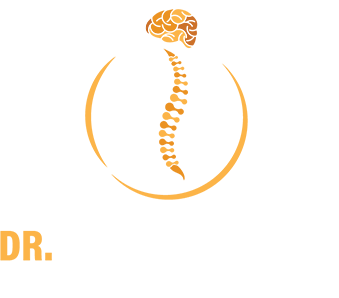Table Of Contents
- What Is Post Laminectomy Syndrome?
- What Causes Post Laminectomy Syndrome?
- What Are The Symptoms Of Post Laminectomy Syndrome?
- How Is Post Laminectomy Syndrome Diagnosed?
- What Is The Treatment Of Post Laminectomy Syndrome?
What is Post Laminectomy Syndrome?
A laminectomy is a procedure that removes a portion of a vertebra to relieve pressure on the nerves in the spinal cord. After undergoing a corrective laminectomy or another type of back surgery, the patient may experience post laminectomy syndrome, which is characterised by persistent pain.
Fixing malformed structures, decompressing pinched nerves, and stabilising the spine for safe mobility are standard techniques used in spinal surgery to treat anatomical issues that cause discomfort. Patients with post laminectomy syndrome may have the same pain as before surgery and various types of discomfort (such as numbness, weakness, stiffness, sharper pain, or more diffuse pain).
What Causes Post Laminectomy Syndrome?
It might be possible that;
- The surgery failed to decompress the nerve
- Depression or other psychological issues.
- The patient has a recurring disc herniation
- There was incomplete removal of the lamina
- There is inflammation in the protective layers of the spine
- There is scar tissue development compressing the spine
- The cause of the original back pain could not be addressed
What are the Symptoms of Post Laminectomy Syndrome?
- Back pain
- Pain in extremities
- Inflammation of spinal joints
- Muscle spasm
- Bleeding or any other infections
- Bladder dysfunction
How is Post Laminectomy Syndrome Diagnosed?
When a patient’s chronic pain develops a pattern following surgery, it becomes easier to rule out post laminectomy syndrome.
If lamina has been removed during surgery, radiographic imaging can be utilised to see if there is any inflammation or other abnormalities.
Mental health screening can also be performed to see if specific psychosocial issues exist.
What is the Treatment of Post Laminectomy Syndrome?
- Spinal cord stimulation: The purpose of spinal cord stimulation for chronic back pain is to interfere with the course of pain signals as they travel to the brain by stimulating nerves in the spinal cord with electrical pulses.
- Opioids: Opioids can be used to relieve pain




